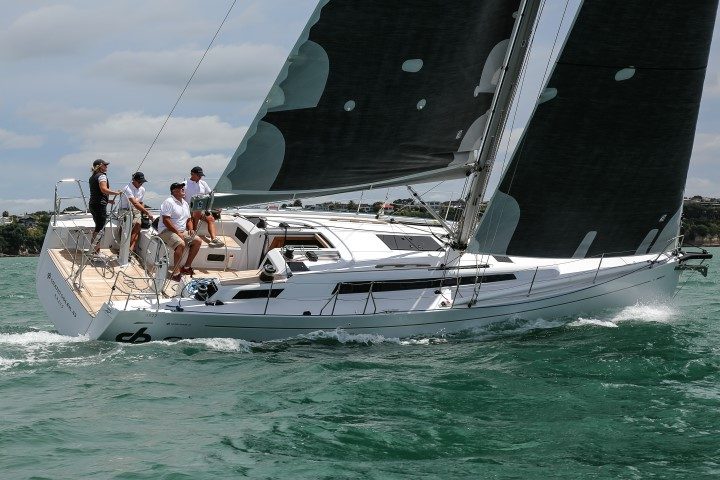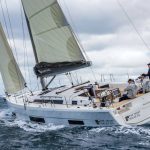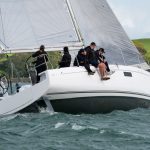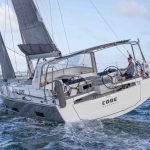‘Behemoth’ is a word which springs to mind or, perhaps more nautically, ‘leviathan’.
- Sails well
- Easy to handle
- Quiet under engine
- Simple, practical interior suitable for cruising
- Light-filled interior
- 'Crossover' racer
- Practical layout
- No self-tacking jib
- Furling jib is an option
- Stylish cruiser
- Larger carbon rig optional














